

Articles
How To Get Insulation Out Of Clothes
Modified: December 7, 2023
Learn how to effectively remove insulation from your clothes with these helpful articles. Find tips, tricks, and step-by-step instructions to get rid of insulation and keep your clothes clean and fresh.
(Many of the links in this article redirect to a specific reviewed product. Your purchase of these products through affiliate links helps to generate commission for Storables.com, at no extra cost. Learn more)
Introduction
When it comes to outdoor activities or working in cold conditions, having insulation in your clothes can be a lifesaver. Insulation helps to keep your body warm by trapping air pockets that act as a barrier against the cold. However, sometimes insulation can make its way into the fabric and become an unwelcome sight. Whether it’s from a damaged jacket or a mishap with insulation materials, getting insulation out of clothes can be a challenging task.
In this article, we will explore some effective methods to remove insulation from clothes. By following these steps, you can restore your garments to their original state and ensure they remain comfortable and functional for future use.
Before we dive into the methods, it’s important to understand the different types of insulation used in clothes. The most common types include down, synthetic, and natural fiber insulations. Down insulation is made from soft clusters underneath feathers, providing excellent warmth. Synthetic insulation, on the other hand, is often made from polyester fibers. Natural fiber insulation includes materials like cotton and wool.
Now that we have a better understanding of the insulation in our clothes, let’s explore the tools and supplies you will need to tackle the task at hand.
Key Takeaways:
- Don’t let unwanted insulation ruin your clothes – use gentle methods like shaking, vacuuming, and washing to restore them to their original condition and keep them cozy for future wear.
- Whether it’s down, synthetic, or natural fiber insulation, there’s a method for effectively removing it from clothes. Prioritize gentle handling, patience, and preventive measures for long-lasting garment care.
Read more: How To Get Ink Out Of Clothes
Understanding Insulation in Clothes
Insulation in clothes is an important feature that helps to regulate body temperature and keep us warm in chilly conditions. Understanding the different types of insulation used in clothing can help us better navigate the process of removing it when necessary.
1. Down insulation: Down insulation is derived from the soft clusters found underneath the feathers of birds like geese and ducks. These clusters provide excellent warmth due to their ability to trap air. Down insulation is highly regarded for its lightweight and compressible nature, making it a popular choice for outdoor enthusiasts. However, removing down insulation from clothes can be tricky due to its delicate and fluffy composition.
2. Synthetic insulation: Synthetic insulation is made from polyester fibers that are designed to mimic the insulating properties of natural materials. Unlike down insulation, synthetic insulation is less affected by moisture and still provides insulation when wet. It is also easier to clean and maintain compared to down insulation. Synthetic insulation is commonly found in a wide range of outdoor gear, including jackets, vests, and sleeping bags.
3. Natural fiber insulation: Natural fiber insulation includes materials like cotton and wool. These fibers have inherent thermal properties that provide insulation. Cotton insulation is typically found in lighter garments, while wool insulation is known for its excellent warmth and moisture-wicking capabilities. Removing natural fiber insulation from clothes may require special care to avoid damaging the fabric.
Now that we have an understanding of the different types of insulation used in clothes, let’s move on to the tools and supplies you will need to remove insulation effectively.
Tools and Supplies Needed
Before you begin the process of removing insulation from your clothes, it’s essential to gather the necessary tools and supplies. These items will help you effectively tackle the task and ensure that your garments remain in good condition.
1. Soft-bristle brush: A soft-bristle brush, such as a clothes brush or a toothbrush, can be handy for gently brushing off loose insulation from the surface of the fabric. Make sure to choose a brush with soft bristles to avoid damaging delicate fabrics.
2. Vacuum cleaner with upholstery attachment: A vacuum cleaner equipped with an upholstery attachment can be useful for sucking up loose insulation particles that have settled onto the fabric. The upholstery attachment will allow you to clean the clothes without applying too much pressure or suction that could damage the garment.
3. Lint roller or adhesive tape: A lint roller or adhesive tape can help remove smaller particles of insulation that are more challenging to brush off. Simply roll the lint roller over the fabric or press the adhesive tape onto the affected areas to lift away the insulation.
4. Washing machine and detergent: For more stubborn insulation stains or particles, washing the clothes can help loosen and remove the insulation. Use a mild laundry detergent that is suitable for the fabric and follow the care instructions on the clothing label.
5. Dryer or drying rack: After washing, you can either tumble dry the clothes in a dryer or air dry them on a drying rack. The heat from the dryer can help remove any remaining insulation particles and fluff up the fabric. Alternatively, air drying can help maintain the integrity of delicate fabrics.
Now that you have the necessary tools and supplies, let’s dive into the methods for removing insulation from clothes.
Method 1: Shaking or Brushing Off Insulation
If the insulation on your clothes is loose and not deeply embedded in the fabric, shaking or brushing it off can be an effective method to remove it. This method is especially suitable for garments with down or synthetic insulation.
Here’s how you can use this method:
- Take the affected garment outside or to an area where loose insulation particles can be easily discarded.
- Hold the garment outstretched or hang it on a hanger to allow for better access to all areas.
- Gently shake the garment to dislodge any loose insulation particles. This action will help the insulation fall off the fabric.
- Inspect the garment for any remaining insulation. Use a soft-bristle brush, such as a clothes brush or a toothbrush, to gently brush off any stubborn particles from the fabric surface.
- For hard-to-reach areas like pockets or seams, use the brush to carefully lift away the insulation.
- Repeat the shaking and brushing process as needed until no visible insulation remains on the fabric.
- Dispose of the collected insulation particles properly, following any local waste management guidelines.
Remember to handle the garment gently to avoid damaging the fabric or causing any tears. By shaking or brushing off loose insulation, you can effectively remove it without the need for extensive cleaning.
If the insulation is more deeply embedded in the fabric or if this method doesn’t fully remove the insulation, consider proceeding to the next method of using a vacuum cleaner to tackle the remaining particles.
Method 2: Vacuuming the Insulation
If the insulation on your clothes is more stubborn or deeply embedded in the fabric, using a vacuum cleaner can be an effective way to remove it. This method is particularly useful for garments with synthetic or natural fiber insulation.
Follow these steps to vacuum the insulation from your clothes:
- Attach the upholstery attachment to your vacuum cleaner. This attachment is designed to be gentle on fabric surfaces while still providing enough suction to remove the insulation.
- Lay the garment flat on a clean surface or hang it up in a secure position, ensuring that it won’t be pulled or snagged during the process.
- Using the upholstery attachment, gently and slowly vacuum over the fabric surface, paying extra attention to areas where the insulation is more concentrated.
- Move the attachment in different directions, such as up and down or back and forth, to ensure thorough coverage of the garment.
- If the attachment has adjustable suction power, use a lower setting to minimize the risk of damaging the fabric.
- Continue vacuuming until you no longer see visible insulation particles on the fabric.
- If there are any hard-to-reach areas, such as pockets or seams, use the crevice tool or a soft-bristle brush attachment to carefully clean those areas.
- Dispose of the collected insulation particles properly, following any local waste management guidelines.
Vacuuming is an effective method for removing insulation that has settled into the fabric. However, be cautious not to apply too much pressure or suction that could damage delicate fabrics. If vacuuming alone doesn’t fully remove the insulation, consider moving on to the next method of washing and drying the clothes.
To remove insulation from clothes, use a lint roller or tape to gently lift the fibers. Alternatively, place the garment in the dryer on low heat with a few dryer balls to help shake out the insulation.
Method 3: Washing and Drying the Clothes
If the insulation on your clothes is proving to be stubborn and difficult to remove, washing and drying the garments can help dislodge and get rid of the remaining insulation particles. This method is suitable for most types of insulation, including down, synthetic, and natural fiber.
Follow these steps to wash and dry your clothes to remove insulation:
- Check the care instructions on the clothing label to ensure your garment is suitable for machine washing.
- Pre-treat any stained or heavily insulated areas by applying a small amount of mild detergent directly to the affected spots. Gently rub the detergent into the fabric using your fingers or a soft brush.
- Place the garment into the washing machine and add the appropriate amount of mild laundry detergent. Use a detergent that is suitable for the fabric type.
- Select a gentle or delicate cycle on the washing machine, preferably with a cold or lukewarm water setting. Avoid using hot water, as it may damage delicate fabrics or cause further insulation clumping.
- Allow the washing machine to complete its cycle and then proceed to the drying phase.
- Depending on the fabric and insulation type, you can choose to air dry the garment by laying it flat on a drying rack or tumble dry it on a low heat setting in the dryer. Refer to the clothing label for specific drying instructions.
- Once the garment is dry, check for any remaining insulation particles. If needed, use a lint roller or adhesive tape to gently lift off any remaining insulation.
- Inspect the garment thoroughly to ensure that no insulation particles remain on the fabric.
By washing and drying the clothes, you can dislodge and remove the remaining insulation particles. Ensure that you follow the care instructions on the clothing label to prevent any damage to the fabric. If needed, repeat the process or consider using additional methods, such as using lint rollers or tape, to remove any stubborn insulation particles.
Method 4: Using Lint Rollers or Tape
If there are still some stubborn insulation particles clinging to your clothes after using the previous methods, using lint rollers or adhesive tape can help to lift them off effectively. This method is suitable for all types of insulation and can be used on both dry and clean clothes.
Here’s how you can use lint rollers or tape to remove insulation from your clothes:
- Start by preparing a lint roller or a roll of adhesive tape specifically designed for clothing.
- Hold the garment taut or lay it flat on a clean surface.
- Roll the lint roller over the fabric, applying gentle pressure. The adhesive surface of the lint roller will capture and lift away the insulation particles.
- If using adhesive tape, wrap it around your hand with the sticky side facing out. Gently press the tape onto the fabric, allowing it to adhere to the insulation particles. Lift the tape away to remove the particles, and repeat as needed.
- Pay attention to all areas of the garment, including seams, pockets, and cuffs, where insulation particles may be more concentrated.
- If the lint roller or tape loses its stickiness, remove the used portion and expose a fresh surface.
- Continue rolling or using the tape until you no longer see any visible insulation on the fabric.
- Dispose of the used lint roller sheets or adhesive tape properly, following any local waste management guidelines.
Lint rollers and adhesive tape are effective tools for picking up small insulation particles that may be left on the fabric after other methods. They are gentle on most fabrics and can be used repeatedly until all insulation particles are removed.
Remember to handle the garment with care to avoid causing any damage. If you still notice remaining insulation particles, you can repeat this method or try other approaches to ensure a thorough removal.
Additional Tips and Precautions
Removing insulation from clothes requires careful handling and attention to detail. Here are some additional tips and precautions to keep in mind during the process:
- Read the clothing label: Always refer to the care instructions on the clothing label before attempting to remove insulation. Some fabrics may require specific cleaning methods or precautions.
- Test in an inconspicuous area: Before applying any cleaning or removal method to the entire garment, test it in a hidden or inconspicuous area to ensure that it does not cause any damage or discoloration.
- Avoid excessive heat: Excessive heat can melt or damage certain types of insulation or delicate fabrics. Use low to medium heat settings when using a dryer or ironing the garment.
- Be gentle: Take care to handle the garment gently throughout the insulation removal process. Avoid vigorous rubbing or pulling that may damage the fabric or cause tears.
- Patience is key: Removing insulation from clothes may require multiple attempts or different methods, especially if the insulation is deeply embedded. Take your time and be patient to achieve the best results.
- Professional cleaning: If you are unsure about removing the insulation yourself or if the garment requires special care, consider taking it to a professional cleaner who has experience in handling delicate clothes.
- Prevent future insulation issues: To prevent insulation from becoming embedded in your clothes, make sure to properly maintain and store your insulation-filled garments. Regularly clean and air them out, repair any damage promptly, and store them in a clean, dry place.
Following these tips and precautions will help you safely and effectively remove insulation from your clothes without causing any damage to the fabric. Remember to always prioritize the care and maintenance of your garments to prolong their lifespan and functionality.
Conclusion
Removing insulation from clothes can be a challenging task, but with the right methods and tools, it is possible to restore your garments to their original condition. Whether you’re dealing with down, synthetic, or natural fiber insulation, the methods outlined in this article can help you effectively remove insulation particles that may have become embedded in the fabric.
From shaking or brushing off loose insulation to using a vacuum cleaner, washing and drying the clothes, or utilizing lint rollers and tape, there are various approaches you can take depending on the severity of the insulation issue. It’s important to consider the type of insulation, fabric, and clothing label instructions when choosing the appropriate method.
Throughout the process, remember to handle your clothes with care, test any cleaning methods in inconspicuous areas, and exercise patience. Prioritize the well-being and longevity of your garments by taking preventive measures to avoid future insulation issues, such as proper maintenance and storage.
Lastly, if you’re unsure or dealing with delicate fabrics, seeking professional cleaning assistance is always a viable option. They have the expertise to handle specialized garments and ensure proper care.
By following the tips, precautions, and methods outlined in this article, you can successfully remove insulation from your clothes and enjoy wearing them comfortably once again. So, don’t let unwanted insulation dampen your outdoor adventures or chilly weather activities – take action and restore your clothes to their insulation-free glory!
Frequently Asked Questions about How To Get Insulation Out Of Clothes
Was this page helpful?
At Storables.com, we guarantee accurate and reliable information. Our content, validated by Expert Board Contributors, is crafted following stringent Editorial Policies. We're committed to providing you with well-researched, expert-backed insights for all your informational needs.
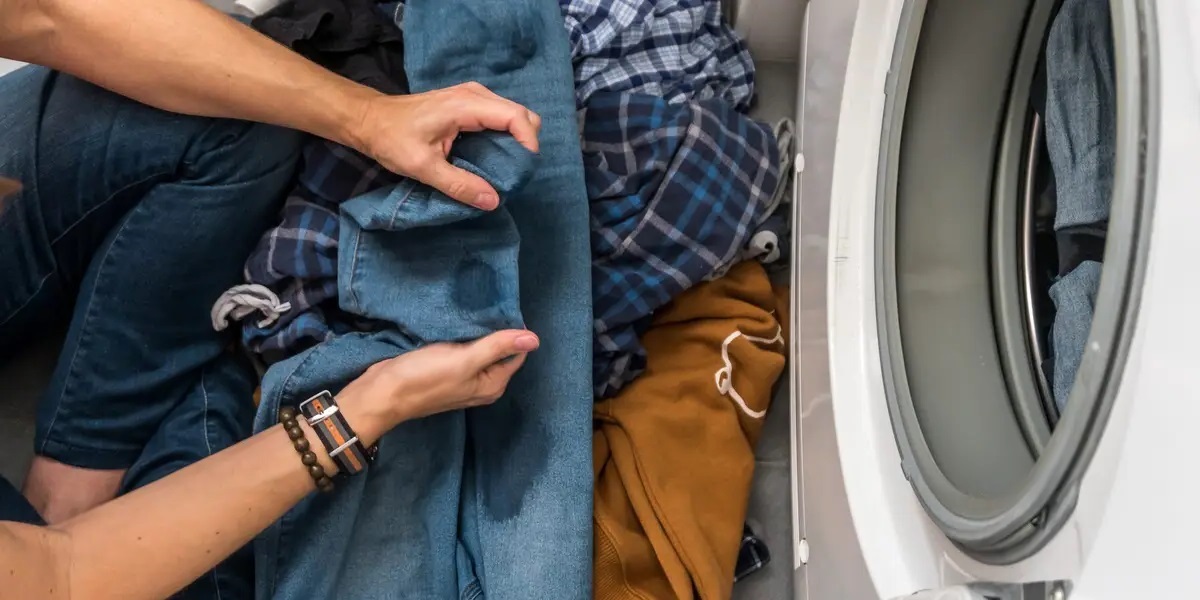

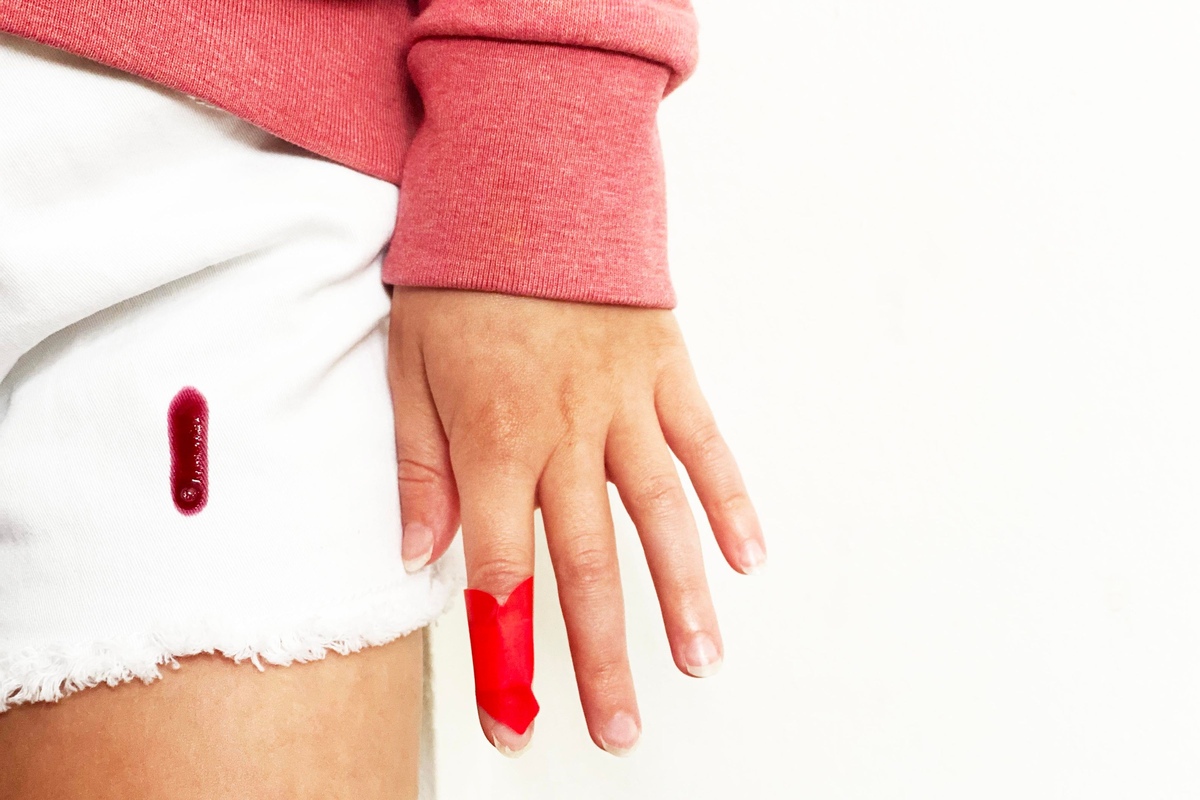



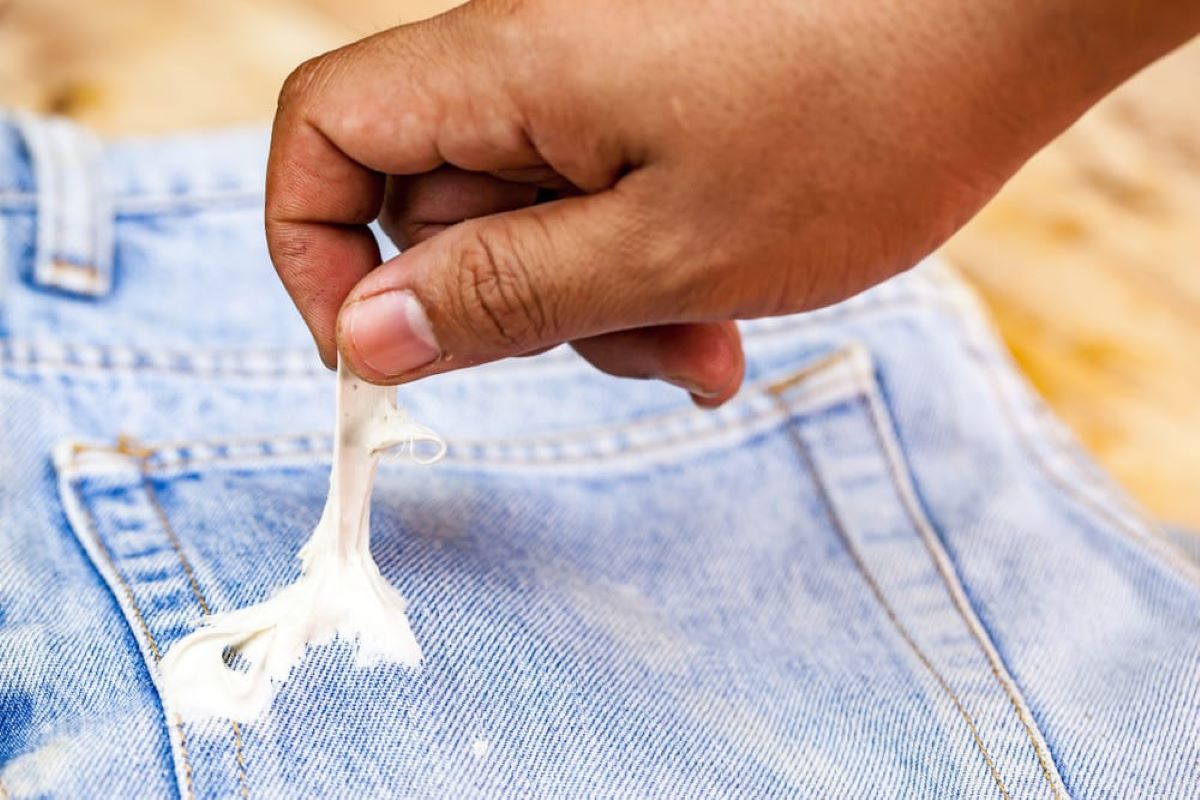
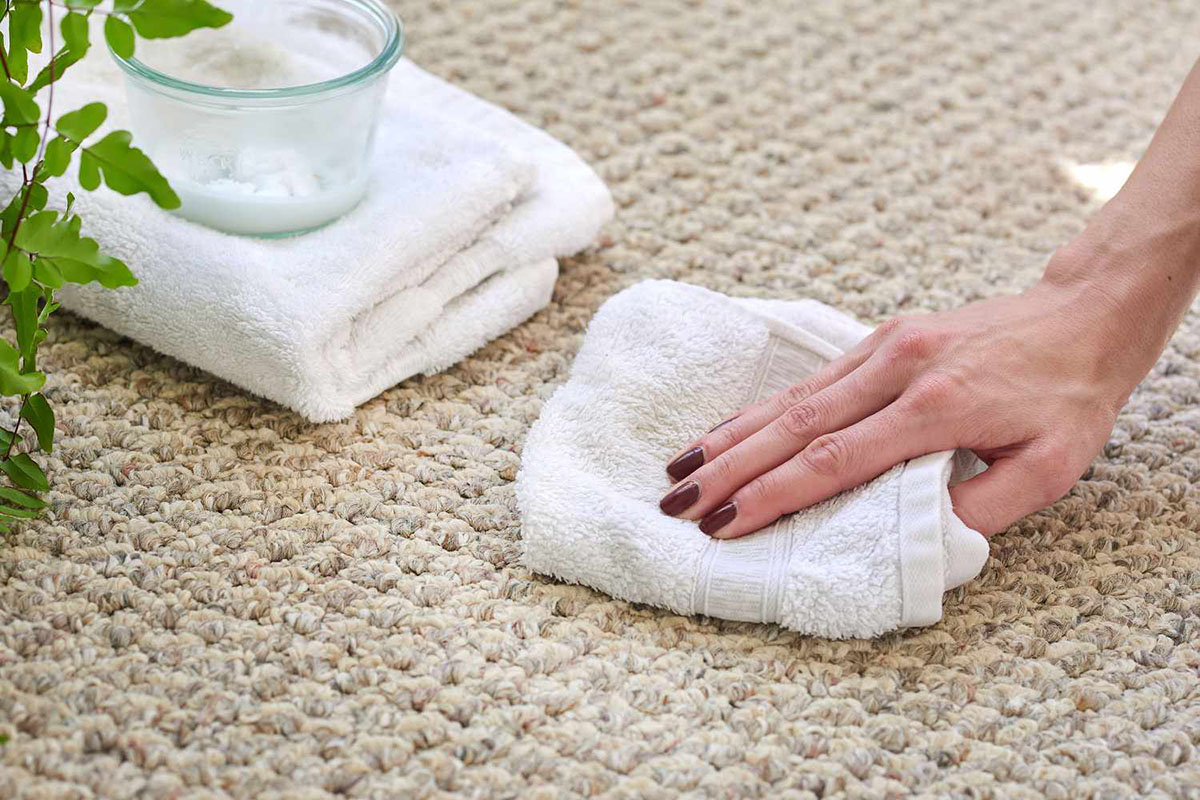
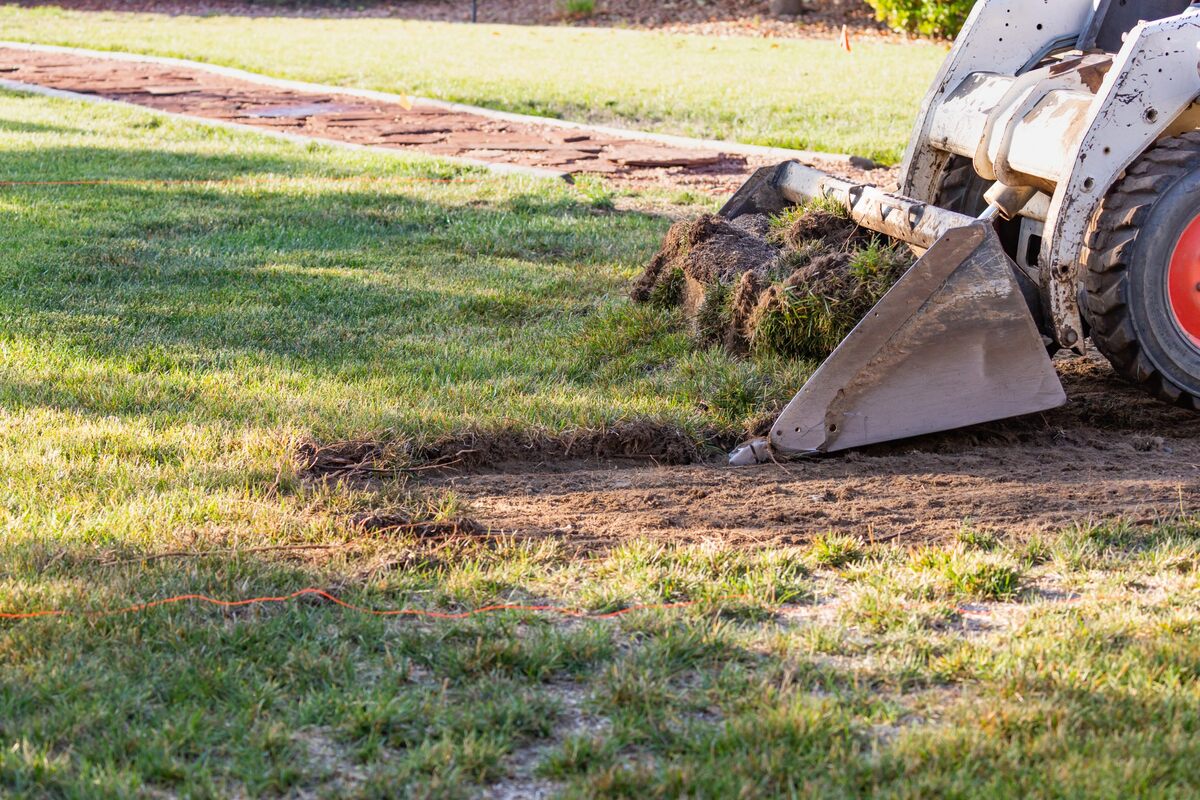

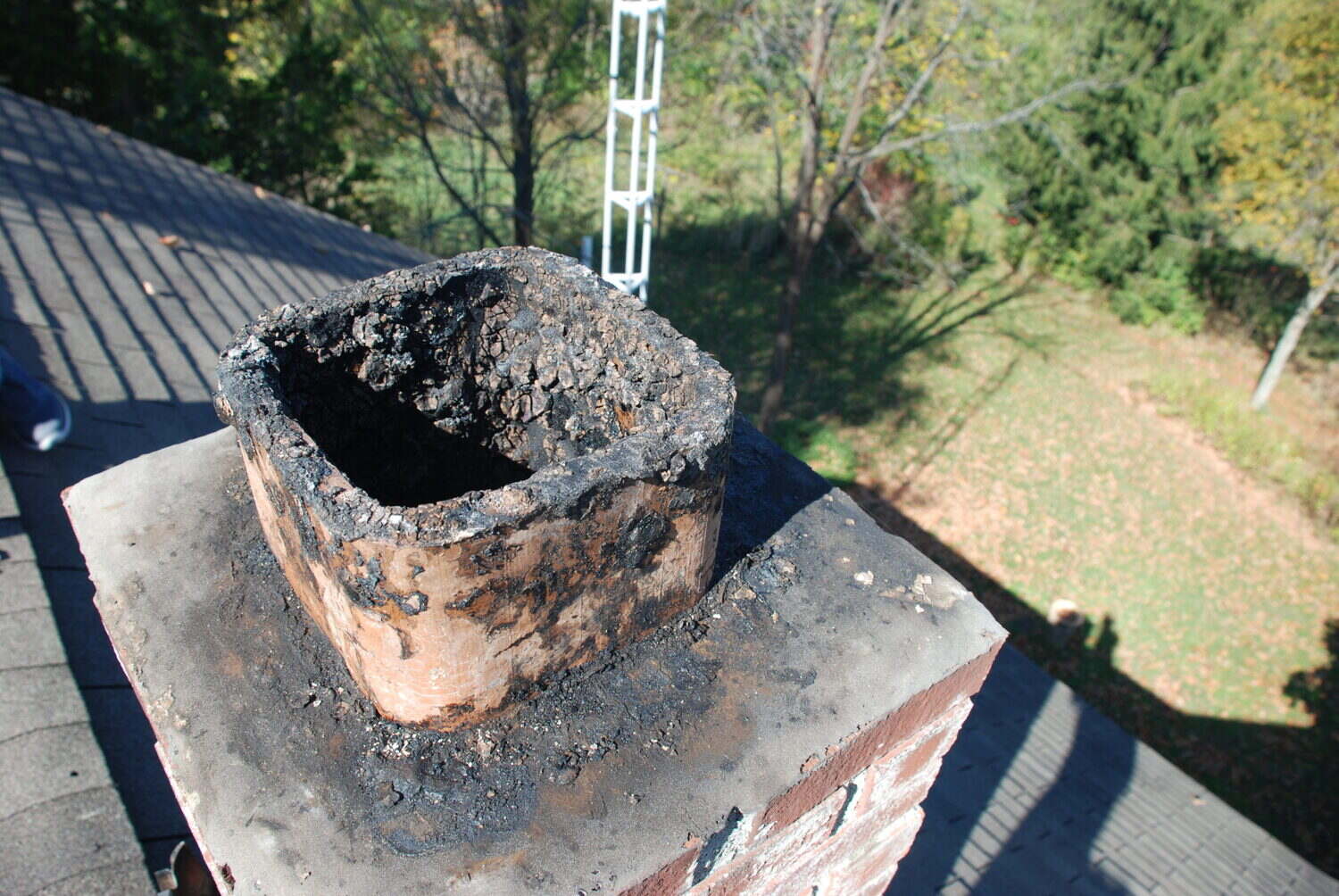

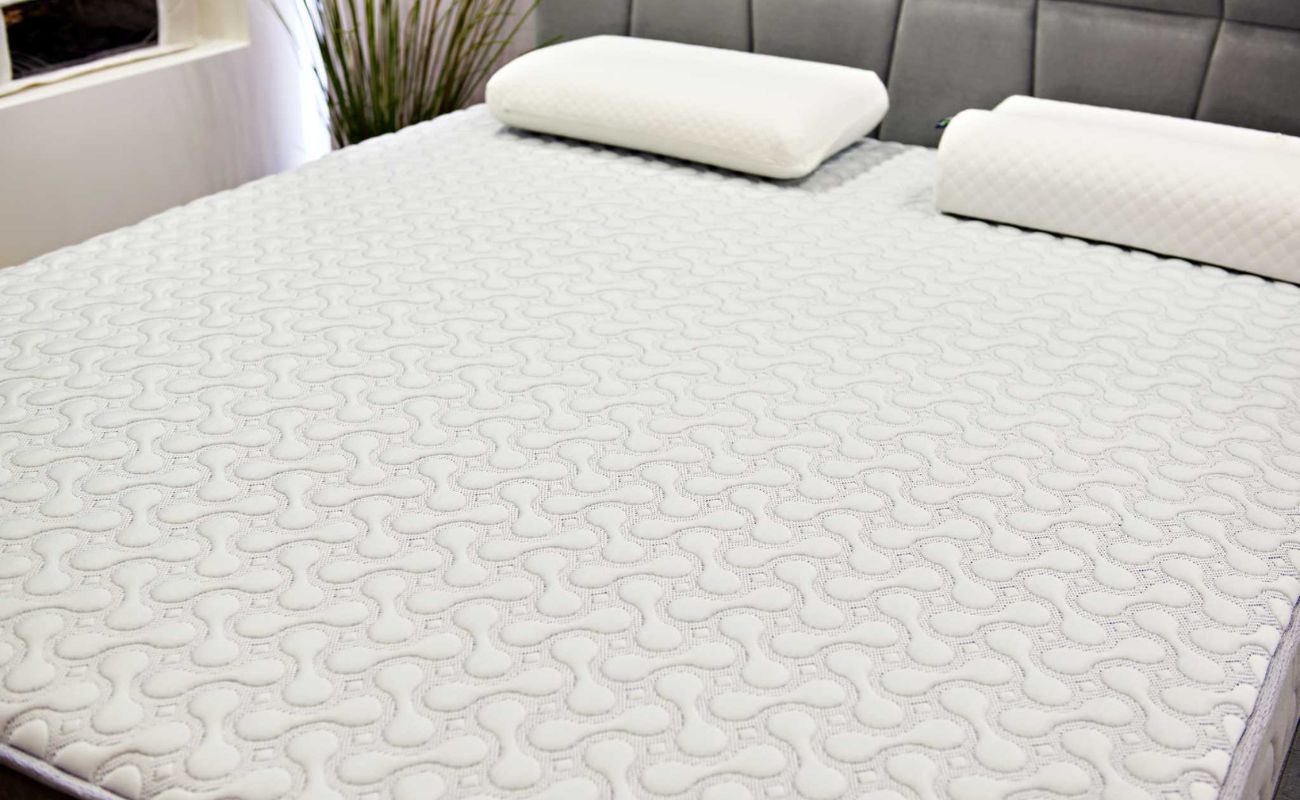
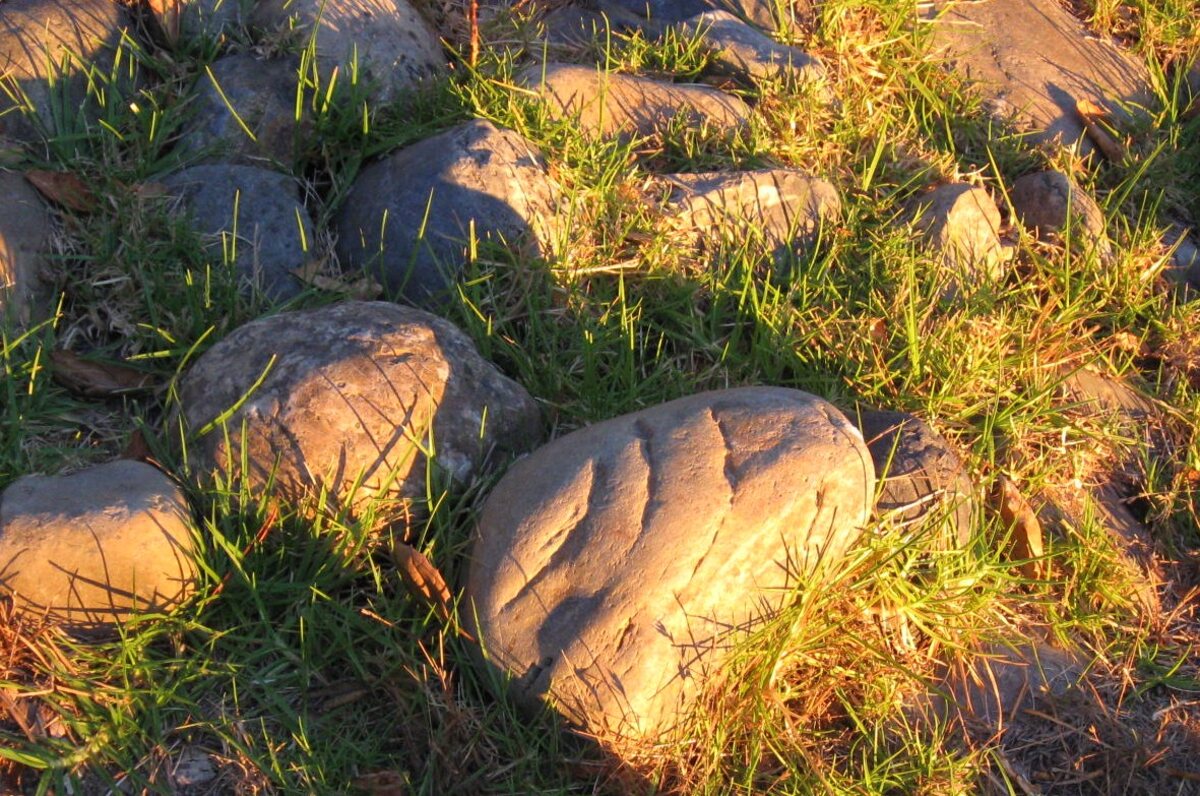

0 thoughts on “How To Get Insulation Out Of Clothes”